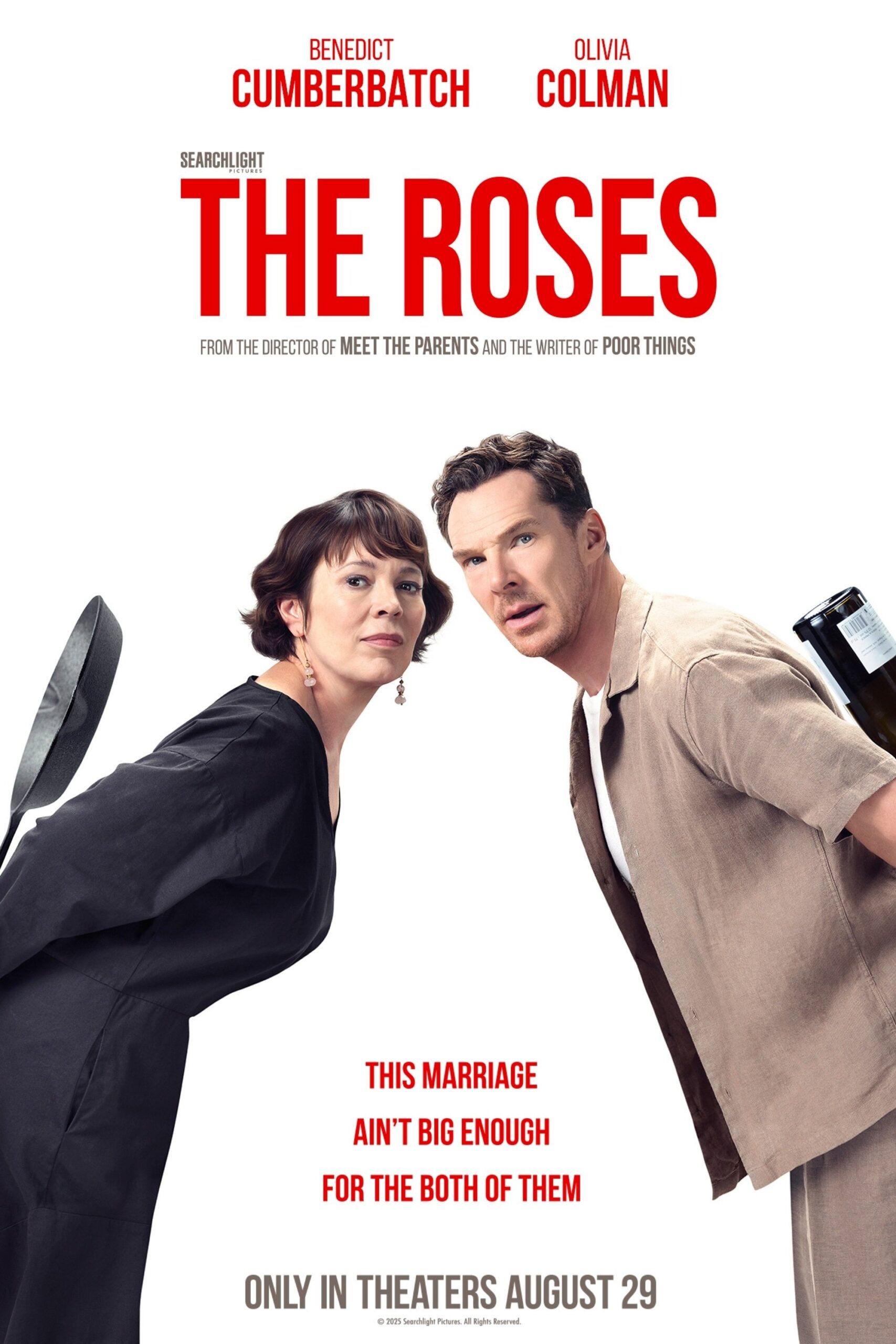Rental Family
Posted on November 20, 2025 at 8:54 pm
A-| Lowest Recommended Age: | High School |
| MPAA Rating: | Rated Rated PG-13 for thematic elements, some strong language, and suggestive material |
| Profanity: | Some strong language |
| Alcohol/ Drugs: | Alcohol |
| Violence/ Scariness: | Sad death, family conflicts |
| Diversity Issues: | A theme of the movie |
| Date Released to Theaters: | November 21, 2025 |

“Rental Family” written and directed by a Japanese woman who goes by the mononym Hikiri, is one of the most heartwarming and humane films of the year, with wise and touching insights into the connections that make life meaningful and the fear of being hurt that holds us back from trusting each other. It is a festival favorite, with audience awards that include a narrative feature award at the Middleburg Film Festival.
Brendan Fraser plays Phillip, an American actor who is adrift in Japan, still living there years after his most popular role in a toothpaste commercial. His most recent role was a tree. He lives in a tiny apartment, eating take-out dinner and looking at the neighbors in the high rise across the street, “Rear Window”-style and has occasional encounters with a sex worker, to have some semblance of human contact.
His agent calls him with an offer. All he knows about the part he is to play is “sad American.” He discovers that it is not the kind of performance he is used to. He is a fake mourner at a fake funeral the fake corpse has purchased to see if the affection and respect he might get after his death is enough to make him want to continue to live.
In the US, if someone is having suicidal thoughts, we would expect them to see a psychotherapist or other counselor. But in Japan, where cognitive therapy and other psychological resources are not as accepted or available, an alternative has served the same purpose: “rental” family members to do what their customers wish they could get from the people in their lives. It’s not as different as we might think, especially in the emerging opportunities of parasocial and AI “relationships.”
Just as a therapist can sometimes be a stand-in for characters who create conflicts in the life of a patient, the rental family can be a way of accessing the support or even the conversations that a struggling person wishes for.
At first, Phillip turns down an offer to join a rental family company. But the money is good and it is kind of an acting job. His first “role” is fiancé to a young woman who needs a Caucasian man from North America she will call Brian to go through a wedding ceremony with her so she does not have to tell her parents the real reason she is moving to Canada. Then he has to pretend to be the father of a young girl who needs both parents to apply to a special school.
Each of his jobs begins to open up a part of him that he did not realize he had closed off. The sympathetic sex worker (who makes a delightful surprise appearance in another context later on), is only half teasing when she tells him they have the same job, paid intimacy. Phillip cannot help first being interested, then concerned, then invested, and then committed to the people he is being paid by. This is ideal casting for Fraser, uncomfortably large among the much smaller Japanese, his deep, expressive eyes showing us the way he slips from closely observing for “yes, and” improv-style purposes to finding depths of compassion and connection. His scenes with the little girl are endearingly natural, and the look on his face when the initially hostile and wary child falls asleep with her head on his shoulder is infinitely moving. This is a lovely tribute to the people who pretend to be part of someone’s family and an even lovelier one to the people who take the risk of letting themselves truly connect.
Parents should know that this film includes a sad death, some strong language, a non-explicit sexual situation with a sex worker, drinking, and smoking.
Family discussion: Which job was the most difficult for Phillip and why? What do people get from renting someone to be their family or friend?
If you like this, try: the Japanese film “Departures” and “Local Hero”








